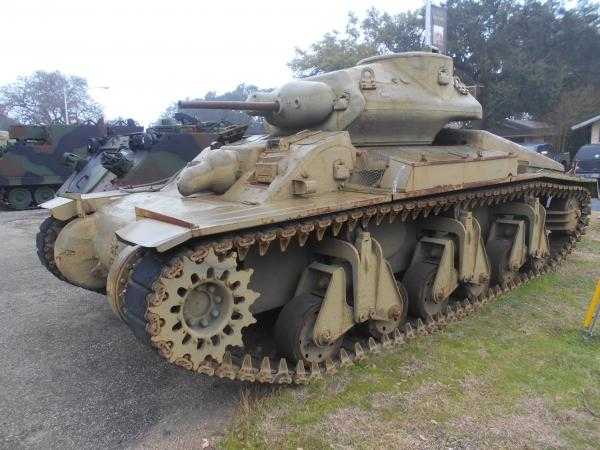


Of the three that were retained, the first is at the RAAC tank museum at Puckapunyal Victoria (AC1 serial number 8030), the second is at the Bovington Tank Museum (AC1 serial number 8049), the third and only completed AC3 (serial number 8066) is located at the Treloar Resource Centre at the Australian War Memorial in Canberra. The 65 tanks that were not required to serve as a physical record in war museums in Australia and the UK were sold off by the Commonwealth Disposals Commission. The AC1 Sentinel tank at the RAAC Tank Museum.Īll but three tanks were disposed of by the Australian government in 1945. This appears to have been the only time a squadron of Sentinels was used for any purpose.
#Sentinel tank force movie
These tanks were used in the filming of the movie The Rats of Tobruk. In 1943, the 3rd Army Tank Battalion was equipped with a squadron of AC1 tanks that had been modified to resemble German tanks. The tanks that had been produced were placed in storage until the end of the war. The Australian Cruiser tank programme was terminated in July 1943 as it was thought better for Australia to put the effort spent on the AC tanks towards building her own railway locomotives and supporting the large number of US tanks due to arrive. The completed Sentinel tanks were used for evaluation purposes only and were not issued to operational armoured units. Sixty-five production vehicles had been completed by June 1943. The three engines were installed in a clover-leaf configuration (two engines side-by-side to the front and a single to the rear) with all feeding power to a common gearbox. The preferred engines suitable to power a 28 tonne tank, a Pratt & Whitney Wasp single row petrol radial, or a Guiberson diesel radial, were not available within Australia, so the Sentinel was powered by the combined output of three Cadillac V8 engines – petrol car engines with a displacement of 346 cu in (5.7 L) each. Two Vickers machine guns were carried as secondary armament, one in the hull and a second mounted coaxially beside the main gun. However, as the production order for 6 pounder tank guns had not been acted on, none of these were available and the first 65 tanks were built with the 2 pounder. The Sentinel was designed to mount either a QF 2 pounder or a QF 6 pdr (57 mm, 2.25 in). The hull was cast as a single piece, as was the turret a technique not used on the hull of any other tanks of the era. The design used existing parts where available from other tank designs, simplified where necessary to match the machining capacity present in Australia. Manufactured by the New South Wales Railway Company, fabrication took place at Sydney's Chullora Tank Assembly Shops with serial production vehicles emerging in August 1942, the premises also being used as a testing ground. The Australian Cruiser tank Mark 1 (AC1) was designated "Sentinel" in February 1942. By 1942, attempting to keep pace with German tank developments, the design specification had become more like an American medium tank, resulting in a heavier design and a higher silhouette profile. Like the Canadian Ram, the Australian Cruiser was to be based on the engine, drive train, and lower hull of the American M3 Medium tank, mated to an upper hull and turret built closely along the lines of a British Crusader. Watson MC, an artillery officer with many years of tank design experience was provided by the UK. Due to a lack of home grown experience in tank design, a mission was sent to the US to examine the M3 design and Colonel W.D. When design work began in November 1940, the AC1 was originally intended to be a 2 pounder gun-equipped vehicle, a true Cruiser tank, with a weight of between 16 and 20 tonnes.


 0 kommentar(er)
0 kommentar(er)
